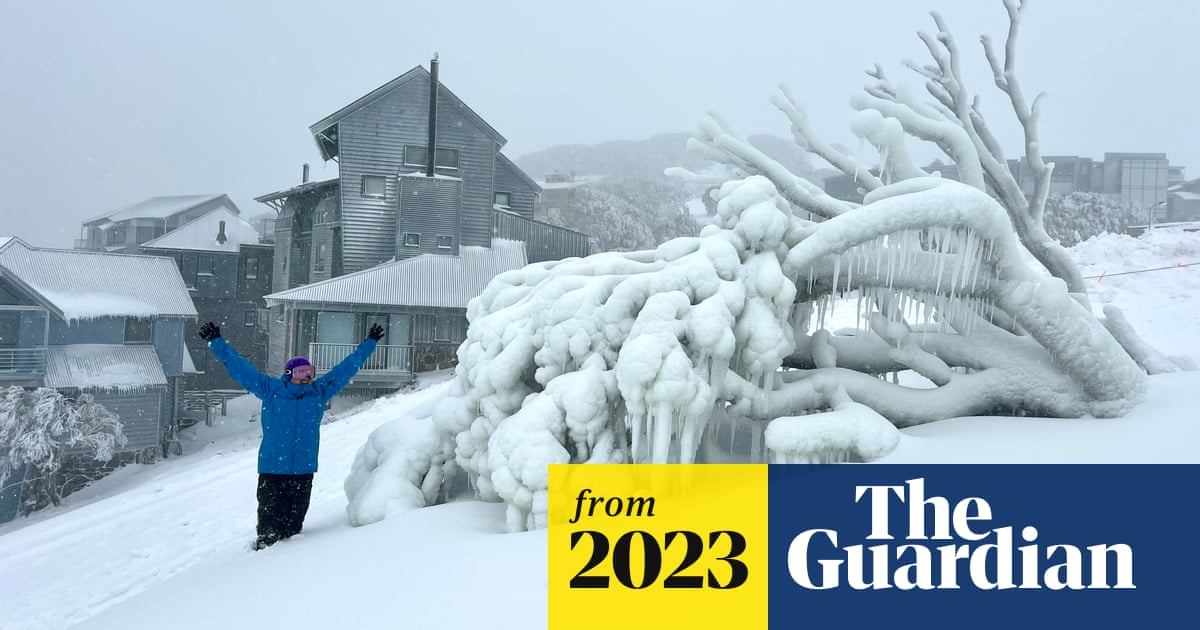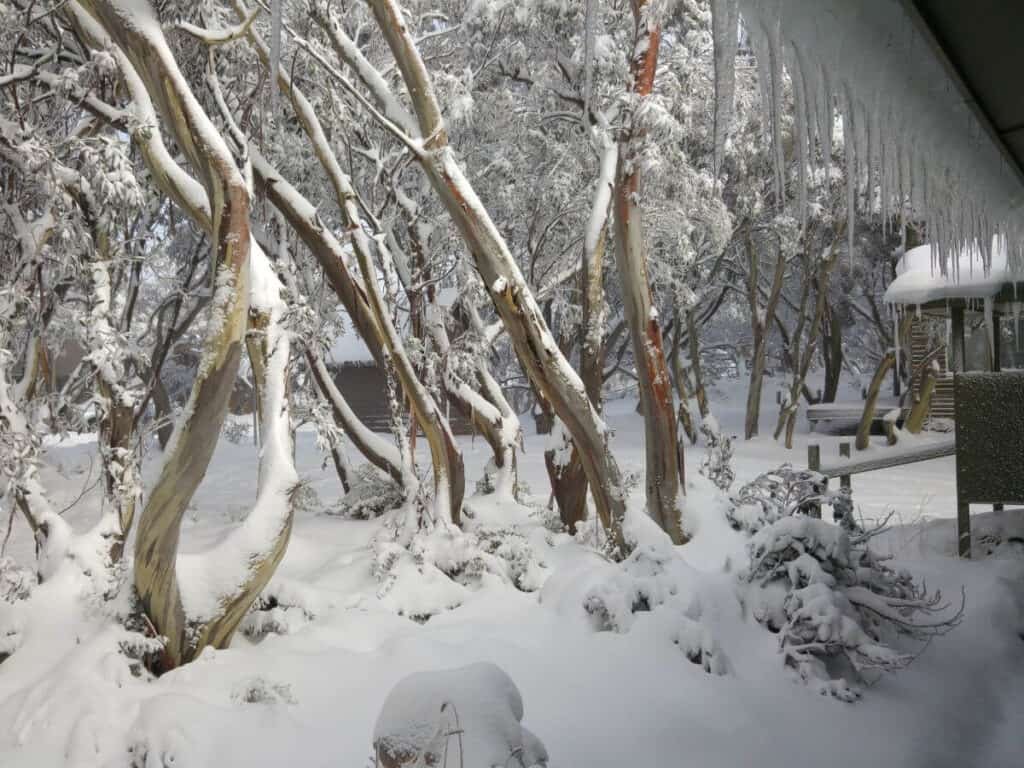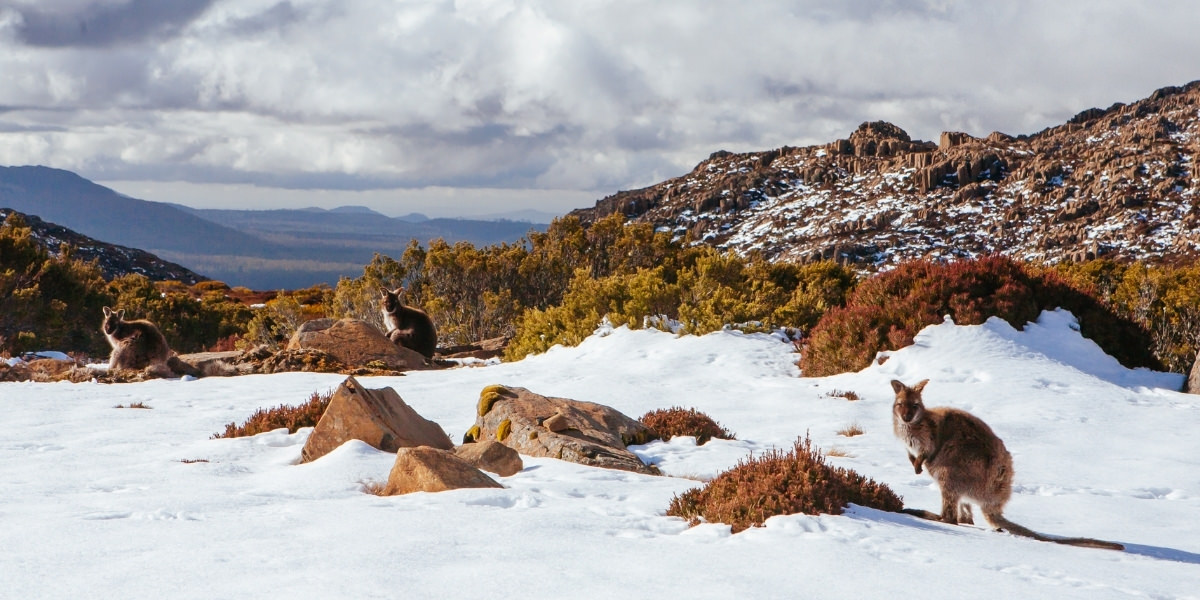The Various Kinds Of Snow in Australia and Their Effect On Winter Sports
Australia, understood for its sun-soaked beaches, is additionally home to a diverse selection of snow problems that substantially influence wintertime sports. Each type, from the wet coastal snow to the dry interior powder, provides special challenges and advantages for athletes. An understanding of these variants is necessary for those seeking to navigate the Australian slopes, as each calls for different methods and durability. The complying with expedition will review the ramifications of these snow kinds on winter season sporting activities performance.

Understanding the Qualities of Different Snow Kinds
While several presume that snow is a homogeneous entity, it is vital to understand that there are different kinds, each with distinct qualities. In Australia, these variants are specifically obvious because of climatic variety. Coastal snow, discovered in areas such as the Snowy Mountains, is normally wetter and denser because of high dampness web content, making it perfect for snowball battles or building snowmen. On the various other hand, the snow found in the interior regions like the Australian Alps is drier and lighter, usually compared to a cosy powder. These differences in snow kind aren't merely visual; they considerably impact winter months sporting activities, dictating the convenience of motion, the speed achievable, and the degree of control needed from professional athletes.
The Effects of Powder Snow on Snowboarding and Snowboarding
Regardless of its light and cosy appearance, powder snow in the Australian Alps presents both distinct obstacles and chances for winter months sports lovers, especially those engaged in snowboarding and snowboarding. The flexible and smooth surface of powder snow also lowers danger of injury throughout drops, making it a recommended selection for extreme winter months sporting activities.

The Challenges and Benefits of Jam-packed Snow in Winter Sports
Shifting focus from the loosened, dry powder snow, an additional prevalent type of snow in the Australian Alps is packed snow, positioning its very own set of difficulties and benefits in the world of winter season sports. Browsing turns and controlling speed can be tough on packed snow, requiring greater ability levels from athletes. Regardless of these difficulties, packed snow stays a vital aspect in many wintertime sporting activities, shaping the performance and methods of athletes.
The Role of Damp Snow in Australian Wintertimes Gamings
In comparison to the dense, glossy why not try here surface of jam-packed snow, wet snow plays an entirely various duty in Australian winter months video games. Characterised by its high wetness content, wet snow influences the speed and control of wintertime sports participants. Its heavy, sticky nature can be challenging for professional athletes, particularly in skiing and snowboarding where speed and manoeuvrability are critical. Nevertheless, its malleability makes it ideal for snow sculpting view it now occasions and for fortifying snow structures in sports like snow ft fights. Despite its challenges, wet snow presents an unique dynamic to winter video games in Australia, screening professional athletes' flexibility and resilience, and functioning as a suggestion of the diverse climate condition they should be prepared to face.

Just How Slushy Snow Affects Winter Season Sports Performance
Continuing the exploration of differing snow problems in Australia, the effect of slushy snow on wintertime sports is another appealing element. Slushy snow, resulting from warmer temperature levels or straight sunshine, presents special difficulties to athletes. Thus, slushy snow changes the winter sports landscape, requiring not only heightened physical exertion from athletes but also a better emphasis on safety preventative measures.
Adapting Winter Months Sports Techniques to Various Snow Conditions

Conclusion
To conclude, Australia's varied snow kinds considerably affect winter season sporting activities performance. Each kind, from the slick seaside snow to the drier indoor powder and the heavy, sticky wet snow, presents distinct challenges and benefits. Therefore, athletes should adapt their methods to navigate these varying problems effectively. The snow's developmental role emphasizes the significance of recognizing its characteristics to maximize efficiency and security in Australia's wintertime sports landscape.
Changing focus from the loosened, dry powder snow, one more prevalent kind of snow in link the Australian Alps is stuffed snow, presenting its own set of challenges and benefits in the world of wintertime sports - Does Australia Get Snow.In contrast to the dense, glossy surface of stuffed snow, damp snow plays an entirely various role in Australian winter season games. Its malleability makes it ideal for snow sculpting occasions and for fortifying snow structures in sporting activities like snow fort fights.Proceeding the expedition of differing snow conditions in Australia, the impact of slushy snow on winter season sporting activities is another appealing factor. Each type, from the glossy coastal snow to the drier indoor powder and the heavy, sticky damp snow, provides distinct difficulties and benefits